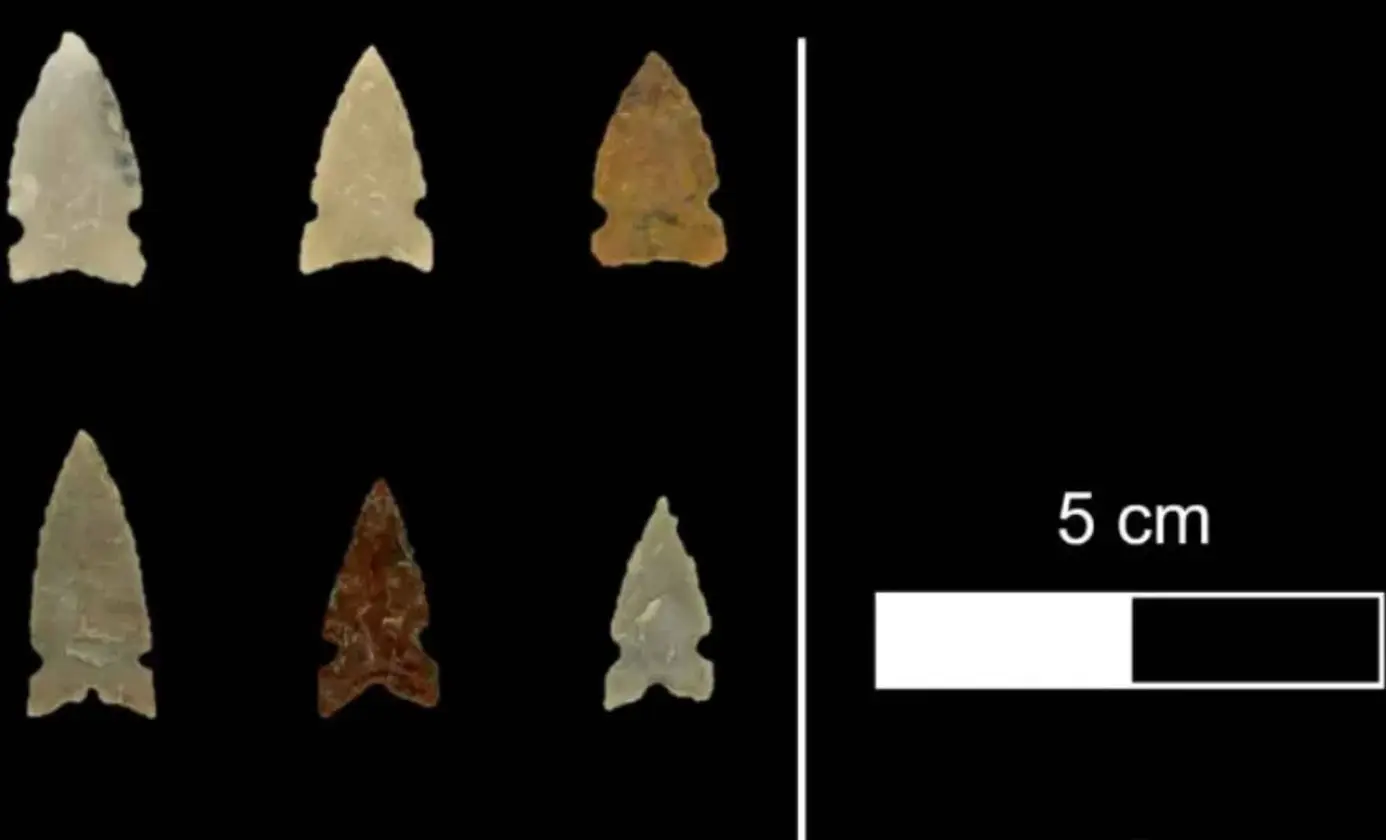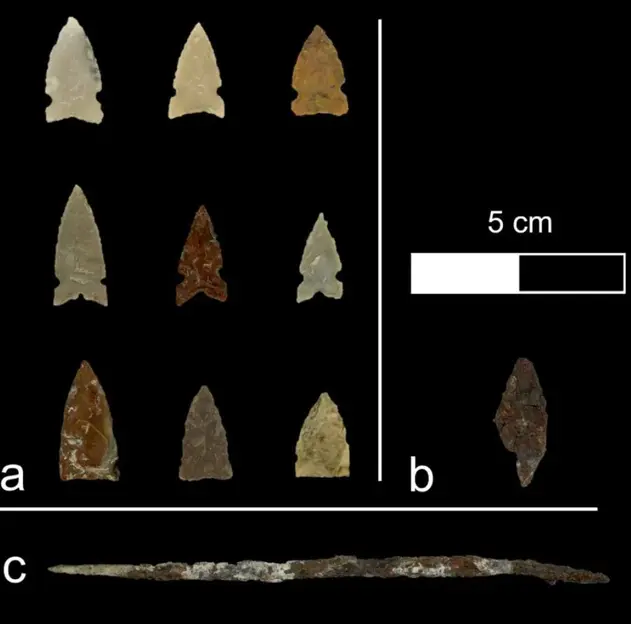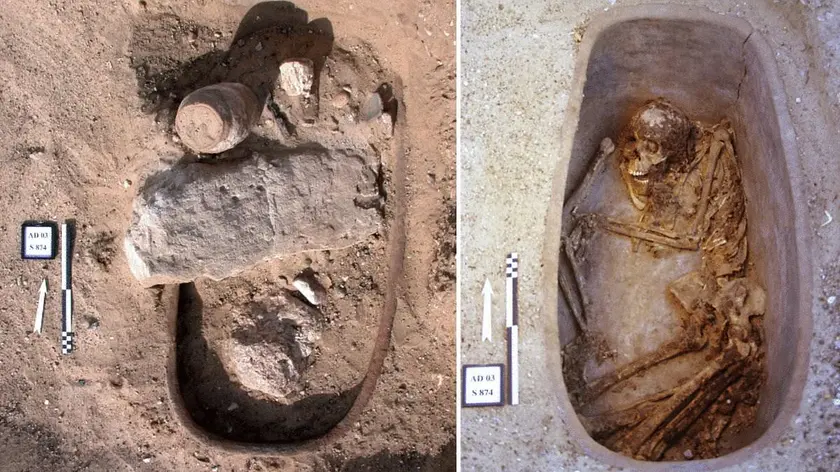T4K3.news
Discoveries at River Bend Site Transform Understanding of Native American Cultures
New findings reveal over 5,000 artifacts that reshape views on Native American adornment practices.

New discoveries at Wyoming's River Bend site shed light on the evolution of Native American adornment practices.
New Discoveries at River Bend Reveal Insights on Native American Adornment Practices
The River Bend archaeological site in Casper, Wyoming, has unveiled over 5,000 artifacts that illuminate early Native American adornment practices during the 1700s. Originally excavated in the 1970s, recent analysis reveals how indigenous cultures adapted to European influences while maintaining their traditions. The artifacts, made from bone, stone, metal, shell, and antler, highlight daily life, trade networks, and social structures among the region's inhabitants, likely including the Shoshone tribe. Researchers have noted that the introduction of European goods significantly transformed adornment practices, emphasizing the complex interactions between cultures during this period.
Key Takeaways
"River Bend was excavated with high standards, but the collection had been neglected for about 30 years prior to our involvement."
Dr. Spencer Pelton emphasizes the challenges faced in preserving the archaeological collection.
"The combination of these items suggests a possible Shoshone occupation of the site."
Dr. Pelton discusses the potential connection to the Eastern Shoshone tribe based on artifact analysis.
"Metal tools lasted longer and often performed better than their stone and bone equivalents."
Dr. Pelton reflects on the impact of European trade items on Native American craftsmanship.
"Adornments were markers of identity, social status, and achievement."
The role of adornments in reflecting social structures within indigenous cultures is noted.
These findings offer a profound understanding of how Native American societies navigated the challenges presented by European contact. The integration of shell beads and metal tools into their adornment practices reveals not just a shift in materials but a broader transformation in cultural identity and social dynamics. As indigenous communities embraced new resources, they also demonstrated resilience, fusing traditional craftsmanship with novel influences in ways that preserved their heritage while adapting to change.
Highlights
- River Bend reveals a vibrant exchange of cultures and traditions.
- Adornments tell stories of identity and resilience.
- Artifact diversity indicates rich cultural interactions.
- European contact reshaped Native American craftsmanship.
Cultural Sensitivity and Complex Heritage
The findings touch on sensitive topics regarding cultural identity and the impact of European trade on Native American societies, which may evoke strong reactions.
The River Bend findings continue to shape our understanding of cultural exchange and identity resilience.
Enjoyed this? Let your friends know!
Related News

New findings at Wyoming site reveal Native American adornment practices

New forest emerges in Ukraine's former reservoir

Ancient burial practices uncovered in Egypt

Trump threatens Washington stadium deal over team name

Trump makes demands regarding Washington Commanders name

Trump threatens to block Commanders' stadium deal

Art Reflects on 80 Years Since Hiroshima

Trump threatens restrictions over Commanders name change
